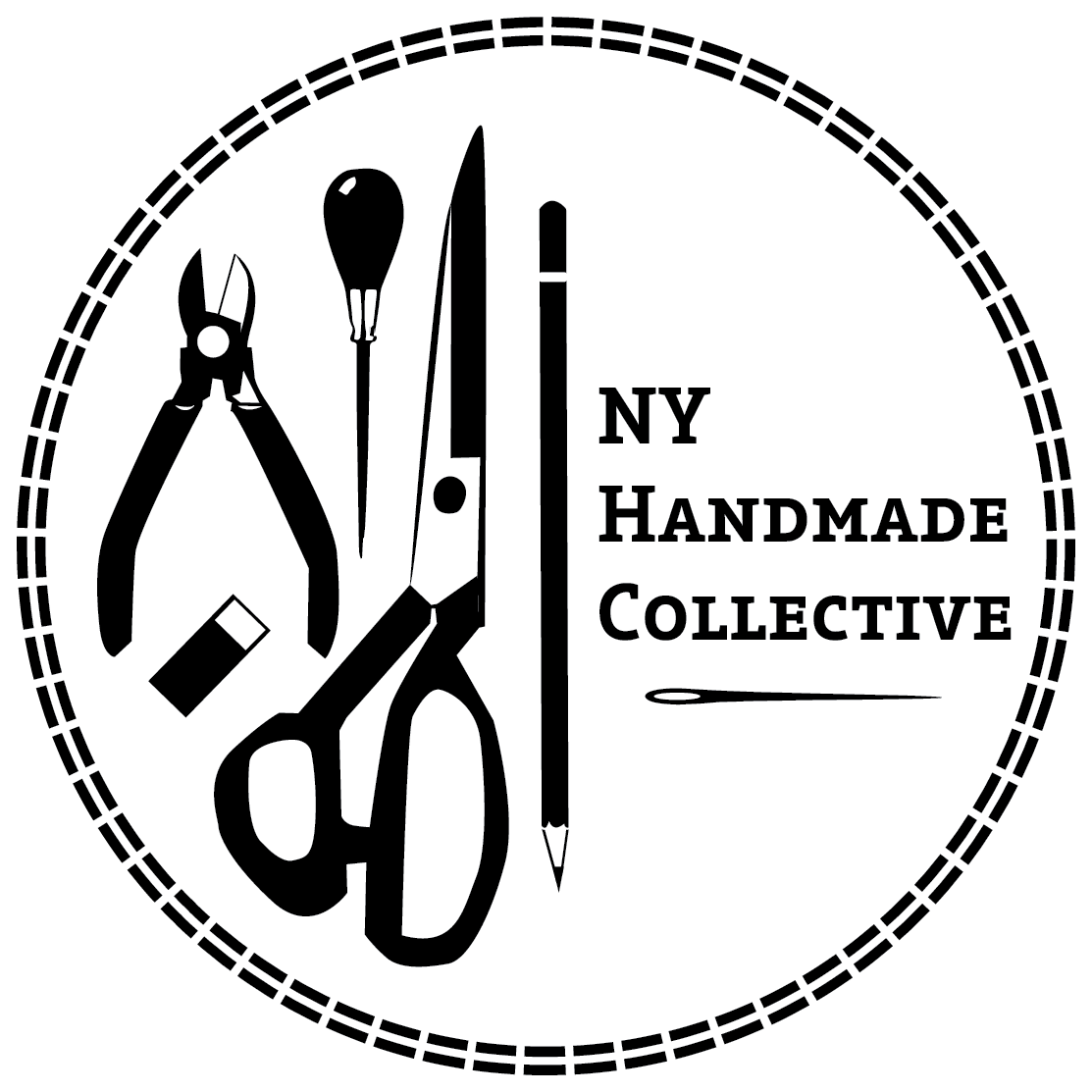Prong Setting Tutorial
Spring has arrived and with it comes the obligatory cleaning…sigh. Motivated by the warm weather, I decided to organize my workspace to make room for new projects. As I was cleaning, I stumbled across a pair of tiny white geodes. “These would be great earrings”, I thought to myself…and that, dear readers, was all it took for me to begin my latest project…all attempts to clean were swept aside in order to allow time to set these fair stones into prong settings:
This project assumes basic soldering knowledge as well as access to a soldering station.
What you’ll need:
- A pair of stones of similar color, shape and size
- 22g silver round wire cut into six (6) 20mm pieces*
- Earring posts (without pads) & backs
- Tiny drill bit or center punch
- Ring clamp or vise
*The 20mm length is based on the geodes, which are 8mm x 10mm x 3.6mm high. Your length can be modified based on the size of your stones, keeping in mind that excess wire will be clipped off
Step 1: Making the setting
Each prong setting will use three pieces of the silver wire. Bend two into a U shape and place the bends facing one another. Place the third straight piece between the two U’s making sure they touch. Using hard solder, solder the pieces together. Repeat this process with the remaining silver wire and pickle.
Step 2: Soldering the earring posts
Using a tiny drill bit or center punch, make a divot in the center of each piece where the three wires are soldered together. I lightly taper the soldering end of the post with a file so that it fits into the divot. Using a piece of soft solder, attach each earring post and pickle.
Step 3: Adding the stone
Place the earring post in a vise or a ring clamp. Gently push the prongs up, creating a basket shape large enough for your stone. Place your stone and gently bend one prong up at a time so that the prongs are vertical.
Before cutting the excess metal down, ensure you allow enough of the prong to bend over the stone to hold it in like a claw. Once the prongs are at the desired length, file the ends flat and push each prong over the stone, one at a time using a burnisher or other small steel tool. Hold the stone in place while you do this because it will move. Bending opposite prongs helps during this process.
Step 4: Finishing the prongs
To finish, use a grinding bur to flatten the bent prongs. I chose to oxidize these for contrast, but they are just as beautiful left un-oxidized. Tumble for a little shine or wear as is!
Rachael
www.etsy.com/shop/mezzestudios www.mezzedesigns.com
PS if you have the time we are taking a survey of our readers, it's a quick 10 minutes. https://www.surveymonkey.com/s/QQJZ5WS

















































